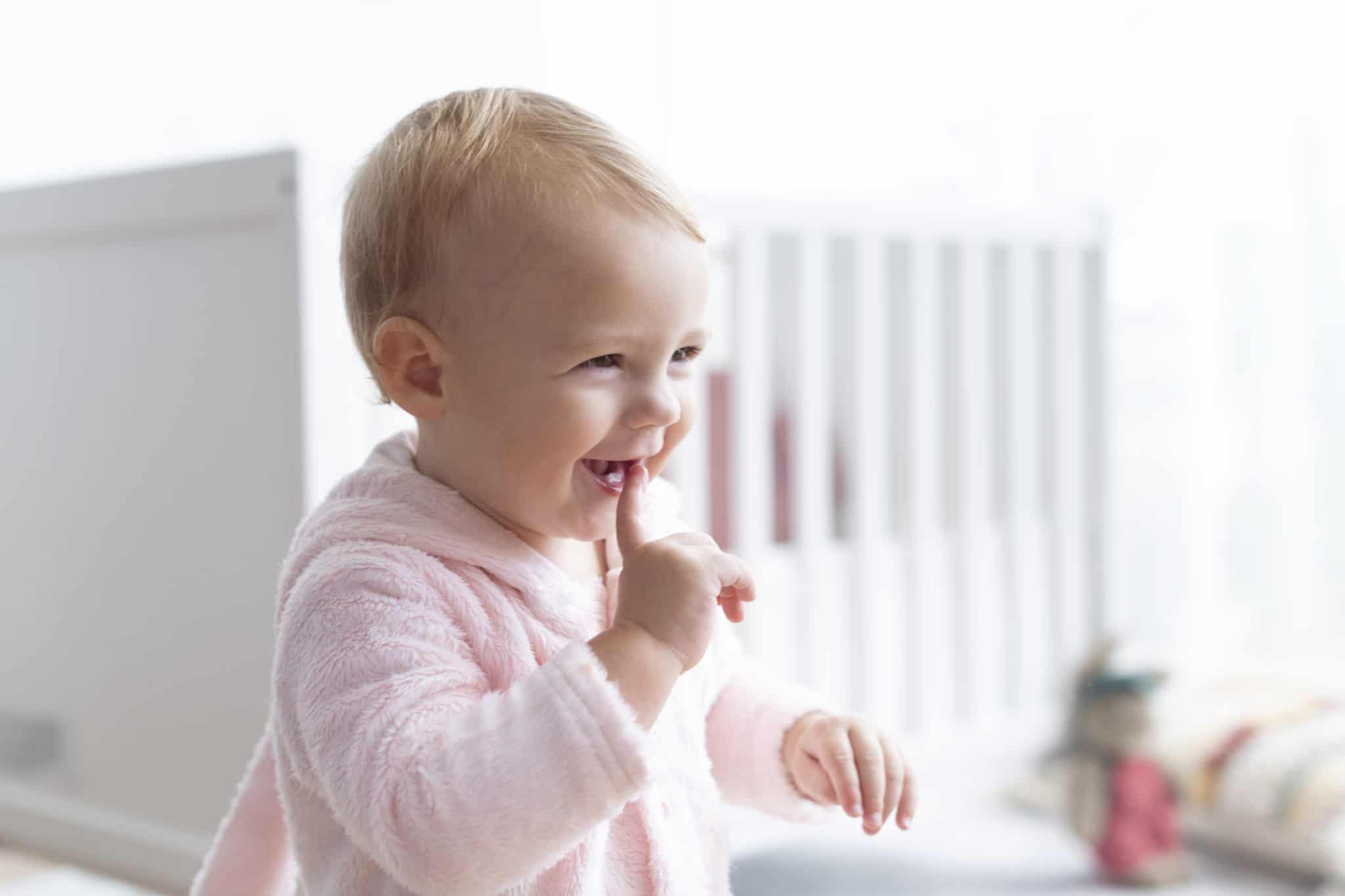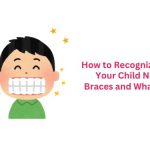Don’t know where to begin? Take the advice from skilled pediatric doctors.
Cribs are often used for the first 24 months of infancy. As a result, the age at which a kid transitions to a toddler or twin bed varies significantly. When your child is visibly too large for the crib and can get out with no effort, you can be confident they’re ready to move on.
Whether you’re looking for a brand new crib or receiving a hand-me-down from a family or friend, be sure your baby’s sleeping quarters satisfy all of the safety requirements.
Parents should search for the following features in a safe crib:
- Slats or bars in a crib should be no more than 2 3/8 inch apart. Some pediatric doctors recommend seeing whether a Coke can fits through — if it does, they’re too far apart.
- Mattresses should be thick, solid, and should not droop under the weight of your infant. They must also reach all four corners of the crib, leaving no gaps on the edges.
- Look for a crib with a mattress that can be adjusted. The top of the crib’s rail should be 26 inches above the mattress; as your child grows, you’ll need to lower the mattress.
- Headboards should be solid, with no ornamental cutouts, and the corners should not have pointed ornaments that might catch children’s clothes.
- ribs with a drop-side are no longer considered safe (so you should say no if someone tries to give you one).
- Bumpers in the crib aren’t necessary; there’s no proof that they keep children safer, and older children may use them to assist them climb out.
- When you shake the crib, make sure it doesn’t wobble and that it seems solid. If it shakes, it was probably put together incorrectly.
- Look for any exposed screws, nails, or glue anywhere on the crib. If it’s painted, make sure the paint isn’t flaking or splintering.
- If the crib has wheels, be sure they are locked, especially if it will be placed on a wood or tile floor.
When it comes to your baby’s crib safety, make sure you get a firm mattress that fits tightly in the crib. The dimensions of full-size cribs and mattresses have been standardized, which is a good thing. If you buy a full-size crib separately from the mattress, the mattress should fit snuggly in the crib.
This law, however, does not apply to non-full-size cribs, portable cribs, or mattresses. If you’re buying a non-full-size crib, the mattress should come with it and not be purchased separately.
Furthermore, used cribs should be minimized. According to new evidence on drop-side cribs, re-assembly is frequently done incorrectly, putting the baby in risk. Hardware that is missing or worn out might also be a concern.
Several crib manufacturers have gone out of business in recent years, leaving you with a secondhand, recalled crib and no one willing to take it back. So, if you’re shopping for a secondhand crib, proceed with care.
Choosing a crib for your newborn may be thrilling, especially because it will be the center point of the nursery. However, there are so many alternatives to pick from and so many safety features to consider that it may get overwhelming at times.
Allow lots of time to browse around, figure out your budget, and figure out what’s best for you and your family. Everything else is a question of personal taste as long as the crib is secure. Furthermore, using our buying guide as a guide, you should have no trouble finding the ideal crib for your child.
If your kid is having difficulties sleeping and isn’t getting enough rest throughout the day, make an appointment with one of our skilled pediatric doctors right away to receive a checkup and cure the problem.





